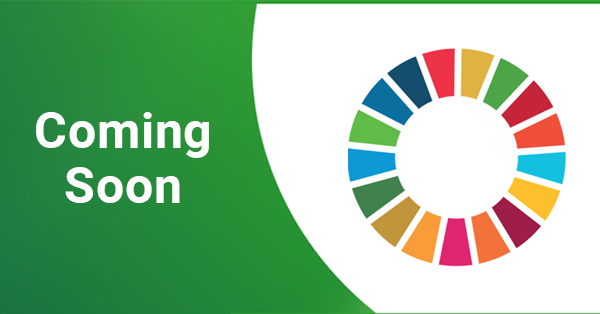
Art As A Form Of Therapy
General News | Jun-11-2021
Art is something everyone has done in their childhood. Whether it is creating it or observing it, art tends to evoke emotions and provoke thought within everyone. Art is open to interpretation; it holds personal meaning for individuals. But the benefit of art goes deeper just that.
Studies have suggested that art can be also be used as a powerful tool when it comes to mental health concerns It is a great way to express oneself without words and process through complex emotions and thoughts.
So, what is Art Therapy?
Simply explained, art therapy is the use of art (mainly visual arts) to manage emotions, thoughts, and behavior therapeutically. One doesn’t necessarily need a professional to implement some of the basic tools like journaling, drawing, painting, sculpting, and so on but working with a licensed therapist does have its advantages.
A certified art therapist can tailor all the tools used to an individual’s need and in a group dynamic, it has been proven to help people form healthy connections. Often art therapy may be just as painful as talking about things if not more. Here the focus is not the outcome but the reflections, the decision-making thought process behind the creation.
Art therapy can be useful to anyone who feels overwhelmed by daily life as creating something gives one a chance to slow down. It has been proven to help people dealing with addiction, anxiety, attention disorders, grief and loss, dementia, depression, eating disorders, physical illness, PTSD, trauma, relationship issues, and much more.
Art is also a great tool to implement in the process of self-discovery, building up self-esteem, and also a safe place for emotional release and stress relief.
Research has also shown creating something stimulates the release of dopamine, the hormone responsible for making us feel happy. An increase in the levels of this neurotransmitter is very helpful in battling anxiety and depression.
As a profession, it is still in its formative stage in India with very few universities offering this course. In addition to a psychologist’s qualifications, one needs to earn certifications in multiple fields such as human development, psychological and behavioral disorders, counseling techniques, and therapeutic techniques to become a licensed art therapist. Though being good at art is not a prerequisite.
Considering the mental health ecosystem of India, art therapy has a future in the coming years. It has already started showing its benefits/advantages internationally.
By: Deeksha Goyal
Content- https://www.rtor.org/2018/07/10/benefits-of-art-therapy/
Related News
-
The Effect of Gamification on Student Motivation
-
The Role of Mental Health Resources on Campus
-
Significance of Infrastructure Development in India
-
Data Analytics Adopted by High School Sports Teams
-
Importance Of Basic Mathematics Skills
-
Is Photography a Good Career Option?
-
Essay on Issues and Challenges of Rural Development in India
-
Technological Advancements in the Field of Badminton
-
Steps to Manage Stress and Deal with Peer Pressure
-
Should Parents Punish Their Children For Every Mistake?
Most popular news
- The Law Of Equivalent Exchange
- Essay On Issues And Challenges Of Rural Development In India
- Srinivasa Ramanujan And His Inventions
- The Youth Is The Hope Of Our Future!
- Poverty In India: Facts, Causes, Effects And Solutions
- Top 20 Outdoor Games In India
- Festivals Of India: Unity In Diversity
- Role Of Women In Society
- The Impact Of Peer Pressure On Students' Academic Performance
- Books As Companion
MUN Events
SDG Events



